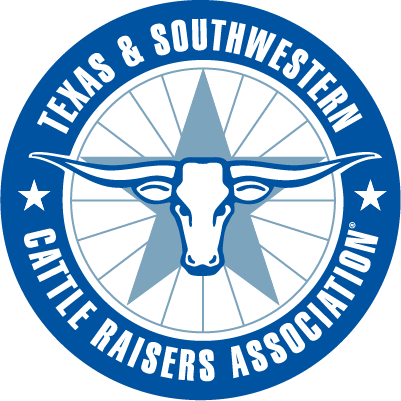Cow-Calf Corner is a weekly newsletter by the Oklahoma Cooperative Extension Agency.
Sept. 14, 2020
Beef trade shock waves continue
By Derrell S. Peel, Oklahoma State University Extension livestock marketing
The dramatic beef production disruptions in the second quarter continued to be reflected in the latest data for July. Beef exports, which dropped 31% year over year in May and 33% in June, increased sharply from June to July but remained 8% lower year over year. The weekly data suggests that exports continued to recover in August, likely up year over year.
July beef exports to Japan were down just 2.0% year over year and remain 4.3% higher for the year-to-date through July. Beef exports to South Korea were down 3.9% year-over-year in July and are down 6.8% for the year-to-date. Japan and South Korea are the two largest beef export markets and represent 54.4% of total beef exports for the first seven months of 2020.
Canada is now the number three beef export market with July exports up 10.7% year over year and year-to-date exports up 11.8. Mexico has dropped to number four with exports down 51.7% in July compared to last year and down 39.8% so far in 2020. Beef exports to Hong Kong were up 14.7% in July but are down 5.0% for the year-to-date. July exports to Taiwan were up 8.5% year over year but are down 4.7% for the year through July.
Hong Kong and Taiwan each represent 6.7% shares of total year-to-date beef exports. Beef exports to China in July were up 125.9% over last year and are up 81.5% year over year for the year-to-date. China represents 1.6% of total beef exports so far in 2020.
Beef imports spiked higher in July, up 41.1% year over year and pushing the year-to-date total up 8.5% compared to the first seven months last year. Beef imports were up from each of the four largest beef import sources. Canada, the largest source of beef imports, was up 12.7% in July but is down 5.8% for the year-to-date. Mexico was up 34.3% in July compared to last year and is up 25.5% so far this year. Mexico now exceeds Australia as the number two source of U.S. beef imports. Australia was up 17.1% year over year in July but is down 2.7% for the year-to-date. New Zealand was up 94.2% in July and is 13.3 higher for the year-to-date. So far in 2020, Canada and Mexico account for 44.3% of total beef imports and combined with Australia and New Zealand, the top four source represent 82.4% of total beef imports.
Currency exchange rates are important factors affecting international beef trade. Since the COVID-19 impacts began in mid-March, the U.S. dollar has been significantly stronger compared to the Argentinian, Brazilian and Mexican currencies and somewhat stronger against the Canadian, Australian and New Zealand dollars. A strong U.S. dollar is a headwind for beef exports and favors beef imports. The U.S. dollar has weakened slightly against the Japanese Yen, and the Hong Kong dollar, which does help support beef exports to those two major markets.
Continuing COVID-19 impacts, global recession, political tensions and exchange rates will all be important in determining global beef trade in the coming weeks and months.
Prolonged labor affects post-calving re-breeding
By Glenn Selk, Oklahoma State University Emeritus Extension animal scientist
Calving difficulty is one of the greatest causes of baby calf mortality. Consequently, the rationale for providing timely assistance to cows or first calf heifers generally concentrates on the survival and health of the calf. However, calving difficulty resulting in prolonged labor can have adverse effects on the cow as well. Although calving difficulty impacts a small percentage of the herd each year, the hidden costs that result from prolonged labor can adversely affect profitability.
Cattle suffering from calving difficulty have been reported (Brinks, et al. 1973) to have pregnancy rates decreased by 14% and those that did become pregnant to calve 13 days later at the next calving. Results from a Montana study (Doornbos, et al., 1984) showed that heifers receiving assistance in early stage two of parturition returned to heat earlier in the post-calving period and had higher pregnancy rates than heifers receiving traditionally accepted obstetric assistance.
In this study, heifers were either assisted when the fetal membranes (water bag) appeared (EARLY) or were allowed to progress normally and assisted only if calving was not completed within two hours of the appearance of the water bag (LATE).

Heifers that were allowed to endure a prolonged labor had a 17% lower rate of cycling at the start of the next breeding season. In addition, the rebreeding percentage was 20% lower than the counterparts that were given assistance in the first hour of labor. First-calf heifers should deliver the calf in about one hour. The starting time is the first appearance of the water bag and ends with complete delivery of the calf. Mature cows that have calved previously should proceed much faster and should deliver the calf in about a half an hour.
Prolonged deliveries of baby calves (in excess of 2 hours) often result in weakened calves and reduced rebreeding performance in young cows!
Cow-Calf Corner is a weekly newsletter by the Oklahoma Cooperative Extension Agency.
